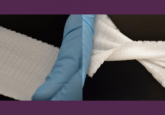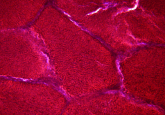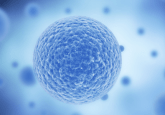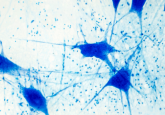Designing artificial hearts for the treatment of heart disease using a novel tissue engineering technique
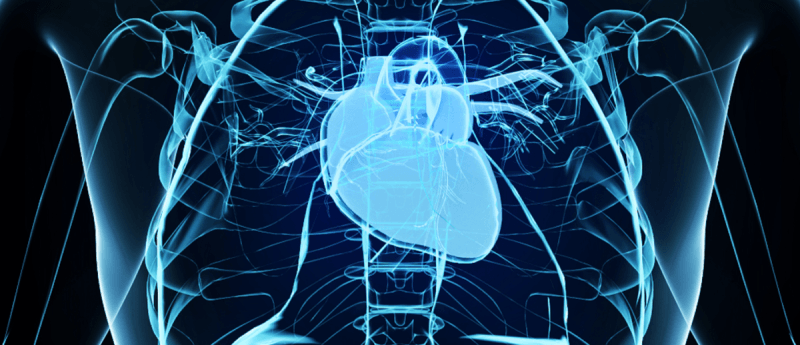
It is common knowledge that heart diseases are the leading cause of death globally. Heart disease may refer to a collection of several heart conditions, however all are particularly fatal due to the heart’s inability to regenerate itself. Therefore, scientists have turned to the use of tissue engineering to create artificial hearts ready for transplant.
A recent research article published in Science details how bioengineers from the Harvard John A. Paulson School of Engineering and Applied Sciences (MA, USA) have constructed an artificial heart. This was previously challenging due to the difficulties in replicating the heart’s complex musculature, however, a new additive textile manufacturing technique known as focused rotary jet spinning (FRJS) has facilitated the fabrication of the human heart.
The ventricles of the heart are lined with helically aligned fibers and the use of FRJS allowed for their high-throughput creation, ranging from a few micrometers to hundreds of nanometers in diameter. Until now, these components of the heart’s musculature were surmised to play a vital role in attaining efficient physiological pumping of blood and mimicking natural heart beats. Demonstrating this hypothesis was previously challenging, due to the difficulties in constructing artificial hearts with distinct alignments and geometries. However, this novel research provides evidence for the implication of the helical structure in improving the amount of blood each ventricle can pump with each contraction.
FRJS acts as an alternative to 3D printing organs, a process known to decrease in speed as the size of the printed parts gets smaller. Conversely, FRJS can rapidly weave fibers on the micron scale, which is essential when creating a replica heart, to produce each fibril of collagen in the extracellular matrices of the heart. Each collagen protein measures at just a single micron in diameter, therefore, it would take over 100 years to 3D print every collagen fibril encompassing the heart, whereas FRJS can perform this task in just one day.
This research contributes to our understanding of organ biofabrication and progresses the overall objective of creating a fully functional human heart for transplant.
Source: Recreating the heart’s helical structure-function relationship with focused rotary jet spinning

